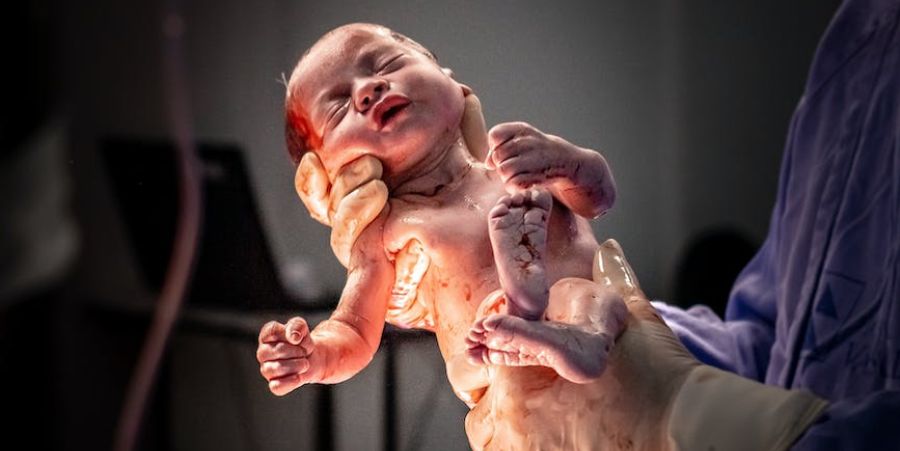

Once the baby is born, many changes take place in the child and in the mother. After the umbilical cord is cut, the baby begins to breathe on its own. For the mother in pain, with breasts full of milk, and a crying baby - the situation can be stressful. At this new stage, the best thing for the brand-new mother is to rely on her intuition to understand what it is that this much-anticipated baby needs. At the same time, the presence of an involved father will favour the development of a deeper and more intense bond with the child.
Changes in Circulation
The foetus's circulatory system, which receives oxygen and nutrients from the placenta, is different from that of the baby after its umbilical cord is cut. The foetus's heart, which receives blood from the mother through the cord, has an oval opening, which allows blood to flow from the left atrium to the right one, closes after birth. The arterial duct takes blood from the lungs to the aorta, also closes. The same happens with the umbilical blood vessels. When these ducts close, those that remain in the newborn's circulatory system become ligaments.
Before the Umbilical Cord is Cut
Hormonal Changes
During pregnancy, the levels of prolactin increase. This hormone remains at high levels while the mother breast-feeds. Prolactin is the hormone that causes milk production in the mammary glands.
Another hormone released after pregnancy is oxytocin. Oxytocin brings on a reflex that causes milk to come out of the nipple.
The secretion of both prolactin and oxytocin, vital hormones in breast feeding, is stimulated when the baby sucks on the breast. Milk production increases as the baby grows and requires more milk for feeding.


